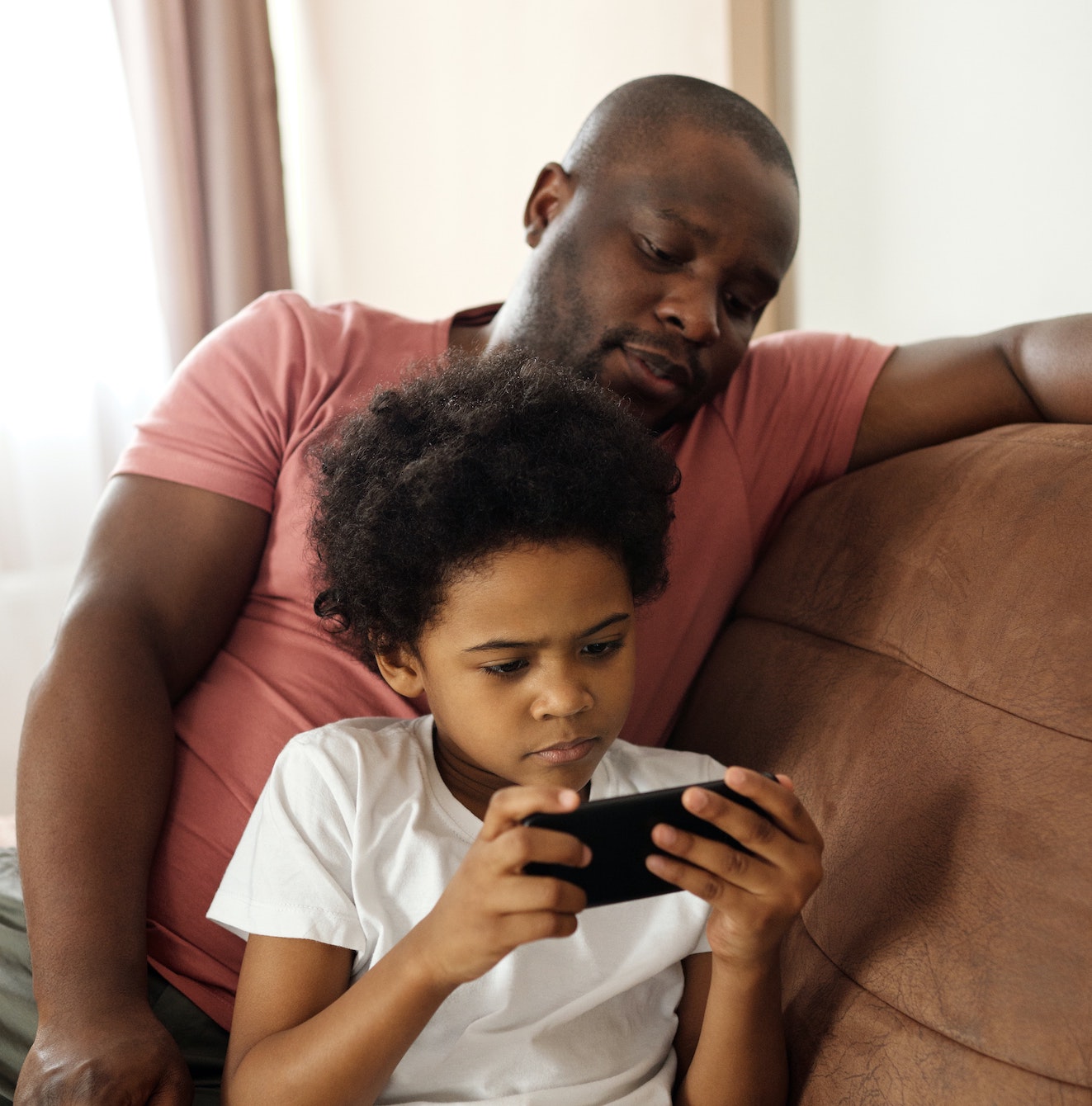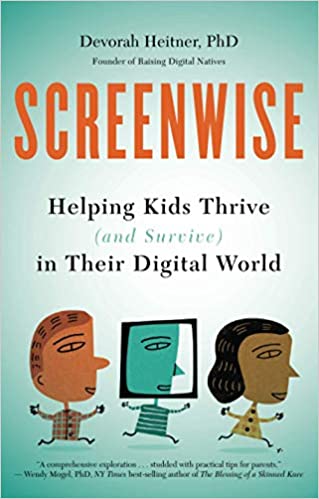 My two sons always got some screen time daily, but my husband and I tried to set relatively clear limits about what they could play and watch, and for how long. Then the COVID-19 pandemic hit, and like so many other parents and caregivers, we leaned into screens hard. My children have become legitimate screen monsters.
My two sons always got some screen time daily, but my husband and I tried to set relatively clear limits about what they could play and watch, and for how long. Then the COVID-19 pandemic hit, and like so many other parents and caregivers, we leaned into screens hard. My children have become legitimate screen monsters.
Various surveys suggest that my experience isn’t an anomaly and that kids’ screen time during the pandemic has soared. American kids now spend more than four hours a day on screens, and screen time has basically doubled over the past 18 months. One psychologist recently warned The New York Times that America’s kids are headed for a “period of epic withdrawal.”
I don’t really want the amount of screen time my kids have gotten accustomed to to be what they expect moving forward. Are you also thinking about dialing back your children’s screen time? Here are some strategies and ideas to have in mind.
Consider The Content And The Costs
In her new book “The Family Firm: A Data-Driven Guide to Better Decision Making in the Early School Years,” economist and parenting guru Emily Oster recommends that parents also think about what she calls the “opportunity cost” of spending time in front of screens. Basically, there are only so many hours during the day. So if your child is spending time watching TV, they’re not using that time to play or learn or engage in an extracurricular activity of some kind. You might be totally OK with that, and Oster notes that kids really need a break sometimes. But it’s something to consider.
Emphasize Play
If you’re trying to cut down on screen time, it can really help to emphasize play in order to “balance out the equation,” according to experts with the Center on Media and Child Health at Boston Children’s Hospital.
“Carve out time specifically dedicated to play,” experts at the center say. “Plan activities that incorporate different types of play, including board games, balls, blocks and role play.”
The good news is, kids seem to be getting more play in their days pretty organically right now. There is evidence that kids’ boredom is down at this point in the pandemic, while their overall feelings of happiness and enjoyment are steadily increasing, too.
Really Help Them With Transitions
As Oster warned, kids are going to react to being told they cannot be on screens as much as they may have been over the past year-plus. You should expect that and be prepared to hold your boundary — but it’s also helpful to really work with your child through transitions from screen time to something else.
“Help your child transition from screen time to active play time. For instance, if your child is watching a cartoon, turn off the TV and encourage your child to build on the storyline themselves with toys,” the experts with CMCH say.
Previews and countdowns are other valuable tools, the Child Mind Institute’s website points out. And being consistent about your new routines is key.
Excerpted from “How Do We Move Away From All The Screen Time Our Kids Are Used To Now?” in the Huffington Post. Read the full article online for more detailed recommendations.
Source: The Huffington Post | How Do We Move Away From All The Screen Time Our Kids Are Used To Now?, https://www.huffpost.com/entry/limit-screen-time-kids-covid-pandemic_l_61092c2de4b039aafa0f318a | ©2021 BuzzFeed, Inc
If you have concerns about your child or teen, CHC Care Coordinators can arrange a free 30-minute consultation so you can explore options with an expert. We invite you to call or email us at 650.688.3625 or careteam@stage.chconline.org to set up an initial Parent Consultation appointment. CHC teletherapy services are available now.





